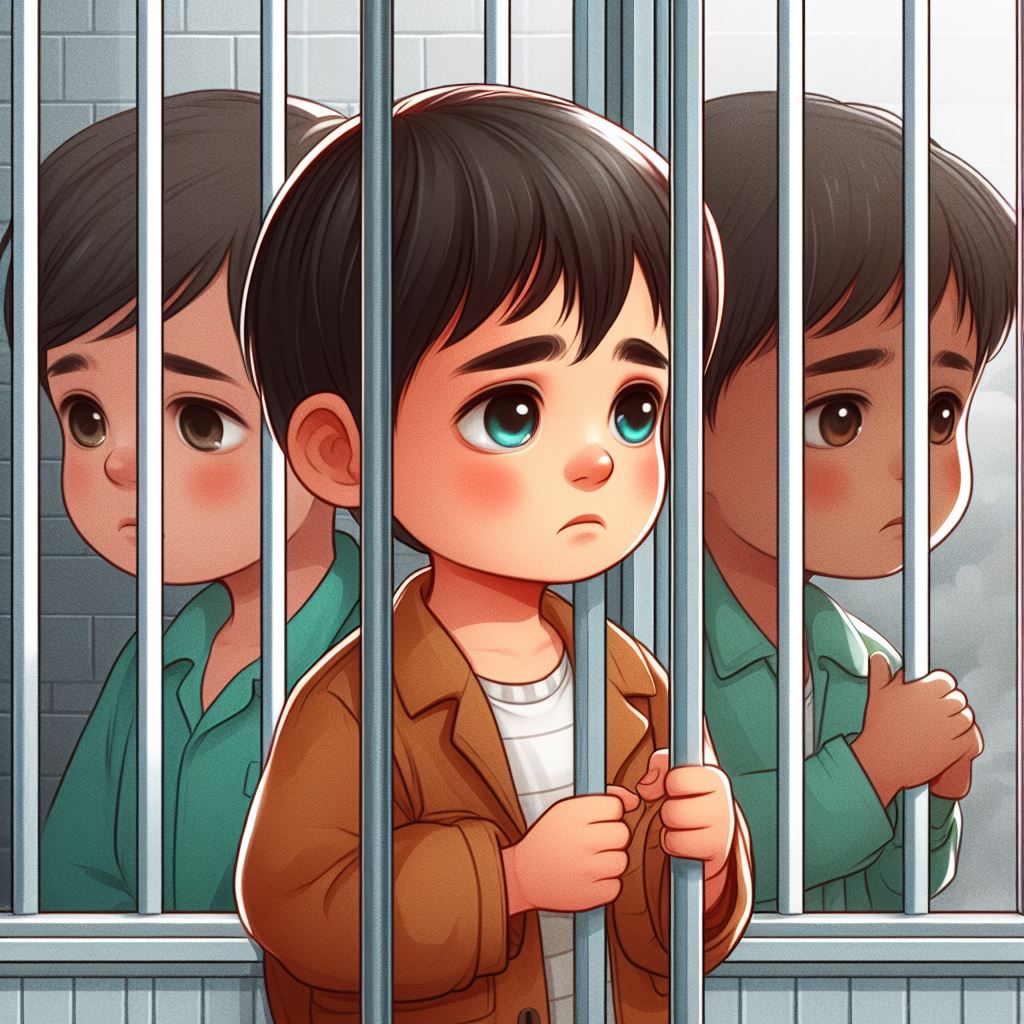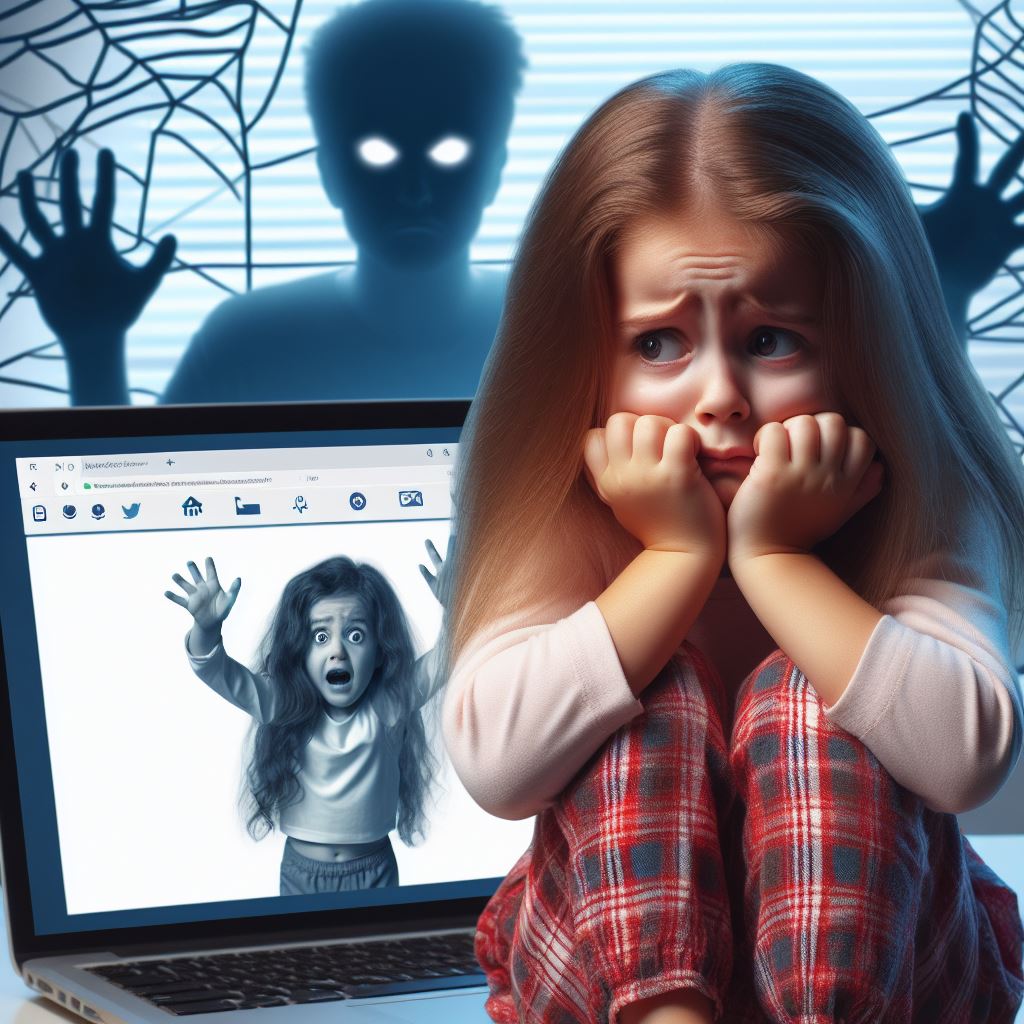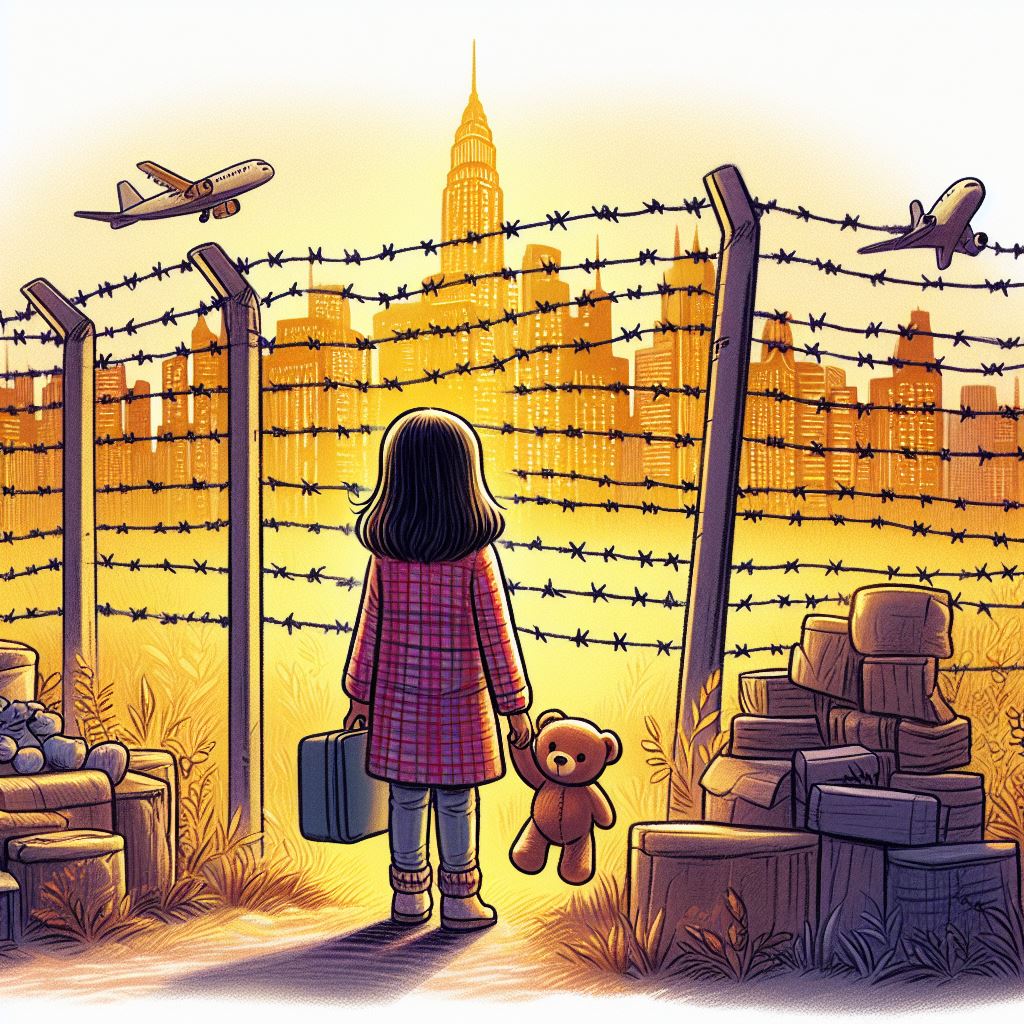Background
Under the ambit of criminal justice system, Juvenile delinquency is a global issue deeply established in various sectors of society that exert influence over people’s lives (Hartjen, 2008). Children represent significant assets within our society, shaping the future progress of nations. The prosperity of a nation correlates with each passing generation, but if these assets become involved in unethical behavior, it can destroy societal segments. Juvenile delinquency, fundamentally, involves the violation of laws by individuals who have not yet reached the age of maturity (Bartollas et al., 1985).
Understanding the concept of juvenile delinquency, delinquents, and delinquent acts is crucial. It comprises any unlawful act committed by minors or adults, as per governmental laws, before age 18 (Bartollas et al., 1985). From established legal frameworks constitutes delinquent behavior, which may include serious offenses such as murder, theft, rape, and arson, among others. Pakistan faces significant challenges arising from juvenile delinquency, including social intolerance, class discrimination, developmental disparities between rural and urban areas, unemployment, illiteracy, and inadequate roles played by families and schools.
Juvenile Justice: Concepts and Definitions
There are separate systems for dealing with adult criminals and young offenders in today’s societies. The juvenile justice system is part of the overall criminal justice system that explicitly handles cases involving children who have broken the law. Its main goal is to ensure fairness and justice for all young people. Before delving into the specifics of juvenile justice in Pakistan, let’s clarify some terms commonly used in this field.
According to the Cambridge Dictionary, a juvenile is “a young person who is not considered an adult yet.” A juvenile is defined as “someone who falls within an age range specified by state law.” This age range varies globally, typically from 7 to 18 years old. According to the UN Convention on the Rights of the Child and the Juvenile Justice System Ordinance 2000, a juvenile is anyone under 18. The Dictionary of American Criminal Justice, Criminology, and Criminal Law defines a juvenile as “a person under a certain age (usually between seventeen or eighteen) who could be under the juvenile court’s authority.” It’s important to note that juvenile, child, adolescent, and teenager are often used interchangeably in the juvenile justice system.
Juvenile Delinquency
Juvenile delinquency refers to a wide range of behaviors, such as hanging out in loud groups, skipping school, stealing, breaking the rules, and getting into fights or trouble. It’s behavior by young people that goes against what their parents or guardians expect and can lead to legal consequences. In the juvenile justice system, children who break the law aren’t called criminals; they’re called delinquents. Instead of crimes, their wrong actions are called delinquent acts.
Common Characteristics of Juvenile Delinquent
Dispute among influential facts
Parents, teachers, or older siblings are often identified as significant factors in causing norm-breaking.
Deviancy among institution
kids is stubborn, disobedient behavior, skipping classes, or not showing up for school.
Disobeying of policy
They continuously stay away from their residences to avoid following rules or policies.
Performing overt acts
kids overact, like bullying, physical fights, involvement in gangs, or violent behavior.
Factors behind Juvenile Delinquency
Juvenile delinquency happens when young people under 18 break the law. It’s a mix of two things: being under 18 and doing something against the law. There are many reasons why this happens, some of which are the following:
Social factors
Social factors refer to societal influences that shape how individuals behave, especially when they break group norms and engage in delinquent behavior during their upbringing. These influences can come from various sources like family and neighborhood. They are always present around individuals, encouraging them to adopt the behaviors of their group. These behaviors are not necessarily learned but are absorbed as part of being a member of that group or culture. However, when examined systematically, social factors include the following:
Incompetency in family relationships
The family plays a significant role in how we grow and learn. It’s like a school where we’re born and taught how to behave. In families, there’s usually someone in charge, like a parent, and they pass on their ways of doing things to the next generation. If a father is cheerful and spends time with the family, the child is likelier to behave well and have a strong bond. But if a father does terrible things, it can affect the children and lead them to misbehave. Delinquency, or destructive behavior, isn’t passed down like an inheritance from older siblings to younger ones (Smith, 2007).
Split families
In split families, there’s only one parent around, like a single mom or dad, working parents, divorced parents, or those where one parent has passed away. Because there’s only one parent, they might not always be able to watch over the children, increasing the likelihood of them getting into trouble (Akhmatkhonovna & Jamshid, 2021).
Parental affiliation
When parents have little bond with their children, there’s a higher likelihood of delinquent behavior within the parent-child relationship. Therefore, fewer opportunities for one-on-one interaction result in less responsiveness from parents towards their children’s connections.
Defects of the school system
The environment in various institutions significantly influences how children develop socially. For instance, if a school has strict rules and a conservative atmosphere, children may become disinterested in attending. Consequently, they might face disciplinary actions at school and pressure from their parents to continue their education. This can hinder their cognitive development and may even result in physical punishment. These environmental influences can have lasting effects on a child’s later stages of life, including their professional career.
Societal incompetency
In a social environment marked by disorder, children may struggle with maintaining focus, knowing how to behave, and avoiding trouble, leading to impairment. Consequently, they may view society negatively and act impulsively without considering the consequences (Scott & Grisso, 2004). When children feel disconnected from society, they may turn to delinquent behavior to cope.
Psychological Factors
We’ve observed that psychological issues are closely tied to an individual’s inner workings, where their brain controls all their actions and responses. It oversees everything linked to an individual’s thinking. This includes psychological factors contributing to juvenile delinquency:
Intellectual Inflammation
In many cases, there’s a similarity among psychological illnesses, leading individuals to commit wrongful acts due to their tendency to make mistakes. Such individuals often feel oppressed and prone to incorrect decisions (Sultanovna, 2022).
Personality Attributes
Personality combines physical and psychological traits that distinguish one person from another. Certain traits, such as impoliteness and impulsivity, can lead to delinquent behavior.
Vagrancy
Every person tends to vagrancy, which can manifest as aggression and an inability to handle even minor punishment. This lack of consequence can significantly push individuals toward criminal behavior.
Money Matters:
Money problems are only one of the reasons why young people turn to crime. But life is more complicated for them when kids don’t have what they need to live. Society also plays a big part in this. When kids see their friends or neighbors living fancy lives, they might feel missing out. This can push them towards bad choices to get all the nice things they see. Sometimes, because of pressure from society, they hang out with the wrong crowd and do things they shouldn’t.
Preventive Measures for Juvenile Delinquency
While technology has made life easier, it also has its downsides, sometimes leading people away from the right path. Generation gaps, especially between parents and children, significantly affect family bonds. Parents must monitor their kids’ activities to ensure their development isn’t negatively impacted. Providing awareness, considering their perspectives, fostering a sense of belonging, and rewarding positive behavior can help kids become confident and responsible members of society.
Education is crucial for dealing with challenging situations. It’s the pathway to earning a respectable living and leading a peaceful life. A healthy mind leads to a healthy body. Engaging in positive activities influences your behavior, attitude, and, ultimately, your well-being.
International Agreements for Juvenile Justice System
According to the United Nations Conventions on the Rights of the Child (UNCRC), kids and teens who need legal help should get it reasonably and without any discrimination. Their well-being should be the top priority. Also, no child should ever face torture or other cruel treatment. These agreements aim to ensure fairness in the justice system.
These guidelines, adopted by the UN, focus on treating young people fairly within the legal system. They’re based on various human rights declarations and treaties specifically for children. They’re adapted to fit each country’s circumstances.
The UN sets These rules to guide how young people are treated in the legal system. They stress the importance of considering young people’s and their families’ well-being and using community resources to help them.

Legal Measures for Juvenile Justice System in Pakistan
Juvenile Justice System Act, 2018
This law focuses on handling cases involving young offenders in a way that helps them reintegrate into society. It introduces the concept of diversion, where minor cases to deal with outside formal court processes. It also allows the government to set up educational and certified institutions to support the social reintegration of young offenders.
The Balochistan Borstal Institutions Act, 2014
This act establishes Borstal Institutions in Balochistan to educate and train juvenile offenders for personal development. It ensures separate facilities for female inmates and provides opportunities for them to work and to release on parole under certain conditions.
The Khyber Pakhtunkhwa Borstal Institutions Act, 2012
This act is like the Balochistan Borstal Institutions Act but is specific to the Khyber Pakhtunkhwa province.
Punjab Probation of Offenders Ordinance 1960
This ordinance allows courts to release offenders on conditional discharge instead of imprisonment under certain conditions. It aims to rehabilitate offenders and prevent repeat offenses.
This act establishes Juvenile Courts for cases involving children under sixteen. It ensures that these courts have exclusive jurisdiction over children’s cases and are separate from regular courts.
Recommendations:
- Parents, especially mothers, play a crucial role in positively shaping a child’s behavior. Investing in parental education is critical, as a mother’s embrace is often said to be the best school for a child.
- Both parents and the government need to focus on ensuring children’s basic needs for growth and health are met, including access to medical care, shelter, nutrition, and clothing, as many children lack these necessities.
- Creating a respectful, trusting, sympathetic, and hospitable home environment with cooperation and understanding fosters a friendly atmosphere for children.
- Society should provide educational and recreational opportunities for children to develop skills, receive training, enjoy recreation, and have social security.
- Governments should make concerted efforts to address societal issues contributing to juvenile delinquency. They should also monitor and regulate the treatment of juveniles by law enforcement and the media.
- State-level decisions should prioritize social improvements and reforms to prevent juvenile crime involvement.
- The media, both electronic and print, can contribute to child rehabilitation by raising public awareness about delinquent behaviour and fostering positive attitudes among parents and society.
- Dealing with juvenile delinquency requires specialized knowledge and expertise from jail staff and lawyers.
- Police staff in jails should receive psychological education to be more empathetic and understanding towards delinquents.
- Legal and social measures should implement to protect children from various forms of abuse and injustice.
- Children may allow to express their views and participate in decisions affecting their lives.
- Regular coordination between federal and provincial juvenile centers is essential for a functional juvenile justice system.
- The establishment of a national commission on the rights of the child and the prohibition of corporal punishment can ensure proper oversight and accountability in the treatment of juveniles.
- Separate juvenile institutions with healthcare, education, and training facilities should set up.
- Custodial sentences should be minimized, and alternative measures like community service or probation should be preferred.
- Providing training for staff involved in the juvenile justice system is crucial to sensitizing them to children’s needs and rights.
References
Akhmatkhonovna, G. K., & Jamshid, T. (2021). Pedagogical and Psychological and Psychological factors of suicidal behavior of minors. Galaxy International Interdisciplinary Research Journal, 9(12), 1053-1058.
Bartollas, C., Schmalleger, F., & Turner, M. G. (1985). Juvenile delinquency. Wiley.
Hartjen, C. A. (2008). Youth, crime, and justice: A global inquiry. Rutgers University Press.
Scott, E. S., & Grisso, T. (2004). Developmental incompetence, due process, and juvenile justice policy. NCL Rev., 83, 793.
Smith, I. (2007). Being tough on the causes of crime: Tackling family breakdown to prevent youth crime. Social Justice Challenge, 1-15.
Sultanovna, Y. G. (2022). Psychological mechanisms of crime prevention among teenagers (Family aspect). American Journal of Interdisciplinary Research and Development, 9, 266-273.











